
News, Insights, and more on Industrial IoT
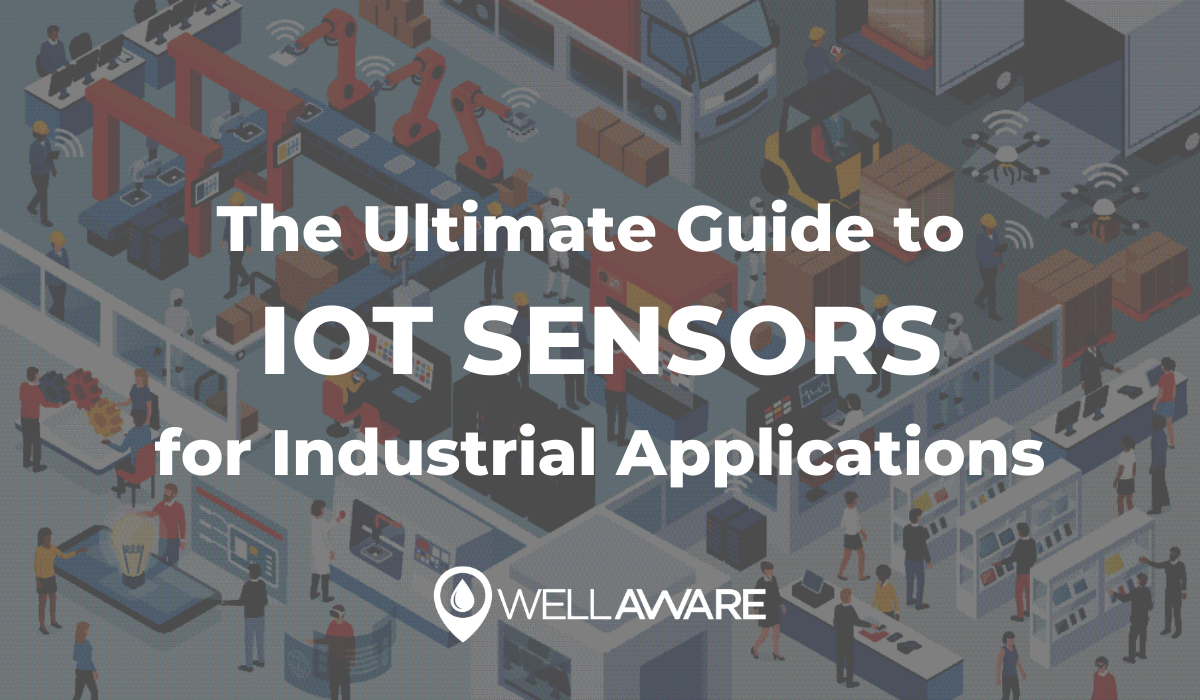
The Internet of Things shows a lot of promise to solve some BIG problems for industrial companies. When organizations pursue industrial Internet of Things (IIoT) projects, they often begin by exploring what types of industrial IoT sensors are available. Operations managers typically have an idea of what processes they want to monitor but aren’t always sure what’s possible. Sensor technology is advancing rapidly, which makes it hard to stay on top of the latest and greatest innovations.
At the same time, IoT sensor costs have come down dramatically, making the Internet of Things more accessible than ever. However, many businesses conflate accessibility with simplicity. They think building powerful IoT platforms must be easier because the barriers to entry are lower.
In reality, hardware is only one aspect of IoT success. Your sensors must integrate seamlessly with digital infrastructure that empowers your people and machines to operate more productively. Otherwise, the IoT isn’t worth the investment.
Here, we present The Ultimate Guide to IoT Sensors for Industrial Applications to help you navigate this exciting, yet intimidating world. We discuss the various types of IoT sensors for industrial applications, who manufactures them, and how to integrate them into your IoT deployments.
By the end of this guide, you will understand:
The four primary categories of industrial sensors
The types of processes industrial IoT sensors measure
The importance of the data journey in IoT sensor applications
The relationship between industrial IoT manufacturers and distributors
The three leading approaches to connecting industrial IoT sensors to the internet
With this information, you will be in a better position to maximize industrial IoT success and enable positive business transformation.
WellAware offers a range of hazardous area-certified wireless sensors and transmitters for industrial applications. Explore our products below.
There are thousands of types of IoT sensors designed specifically for industrial applications. It is easy for people who are new to IoT technology to feel overwhelmed, especially those who have spent most of their careers working with physical assets in manufacturing.
We find it helpful to categorize sensors by the processes that they measure. The four main types of industrial processes include:
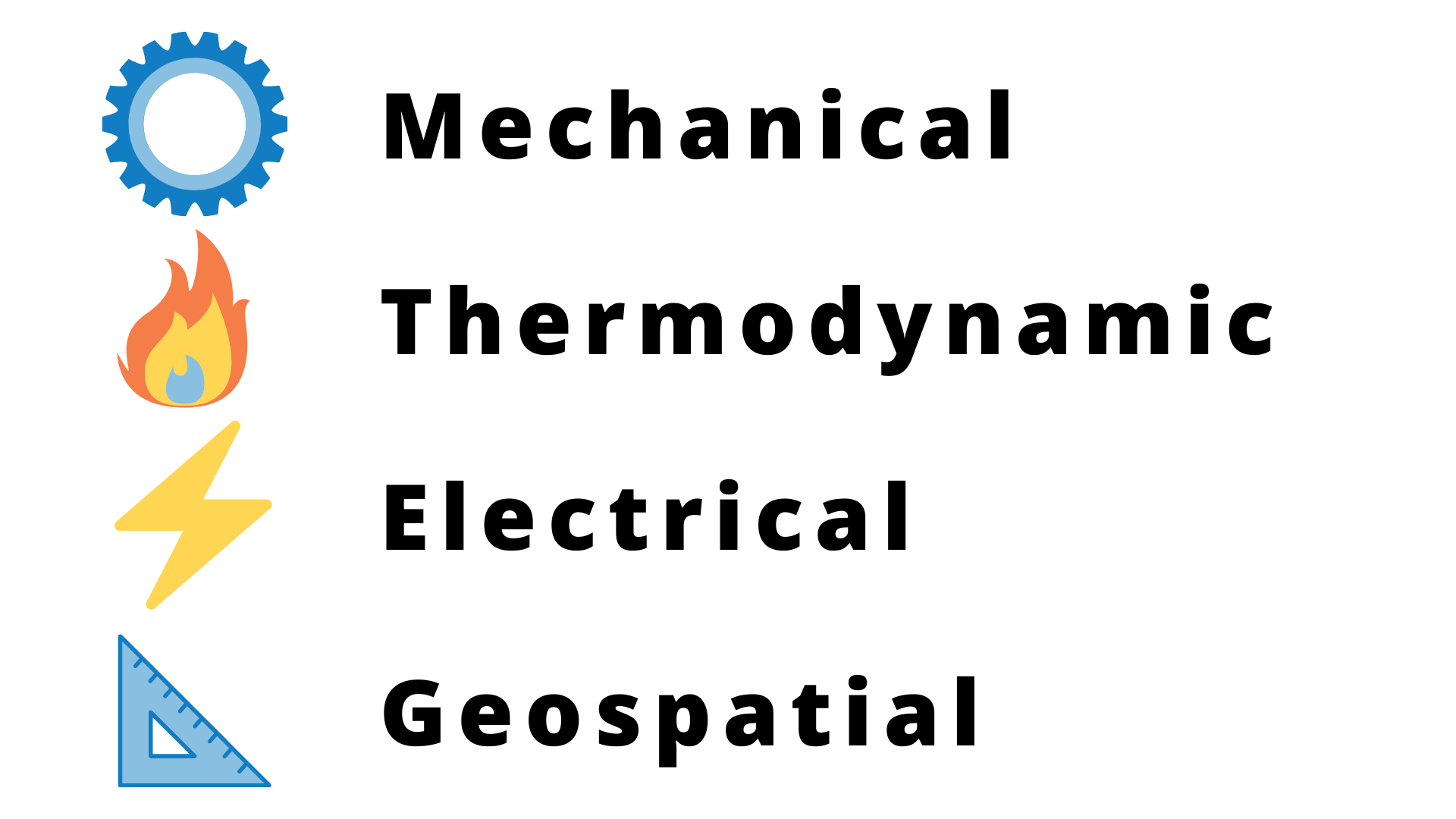
We dive into each of these areas below.
Mechanical processes involve “forces” - physical phenomena that either hold things together (AKA static forces) or move things around (AKA dynamic forces). Mechanical IoT sensors can measure both static and dynamic forces in real-world environments.
Today, you can find mechanical sensors for nearly every major industrial process. Below are some examples of commonly used mechanical sensors:
Operators use these sensors to measure the weights of solids in containers, oil levels in tanks, vehicle acceleration, and the pitch, yaw, and roll of aircraft.
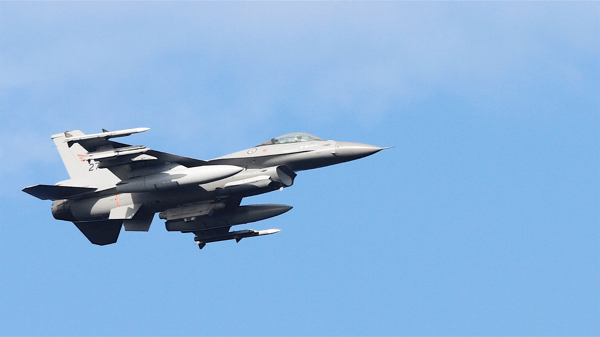
Mechanical sensors can measure gravitational forces acting on vehicles like aircraft
With mechanical sensors, organizations can monitor physical forces on an ongoing basis without putting staff members in danger or forcing them to evaluate critical processes actively.
While mechanical processes and sensors deal with solid processes, thermodynamic sensors measure fluid processes. Note that fluids include both liquids and gases. Organizations measure fluid movement, or lack of fluid movement, across industrial plants for many reasons.
In most cases, operators want to measure flow rate, pressure, and temperature to ensure appropriate levels are maintained for specific applications. We use thermodynamic sensors frequently in manufacturing, as liquids and gases are critical in numerous production processes.
Commonly used thermodynamic IoT sensors include:
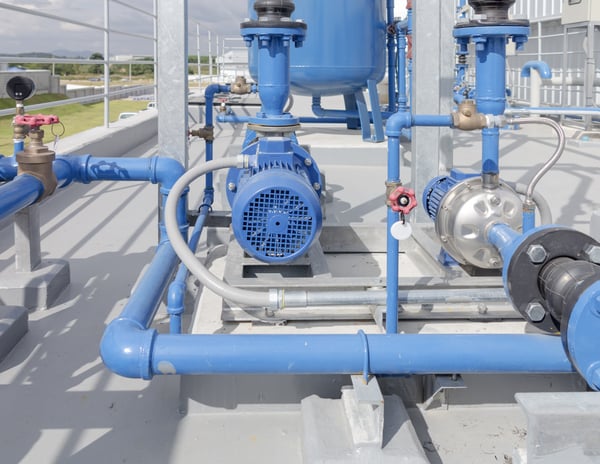
Pressure sensors, temperature gauges, and flow meters are critical sensors for many industrial processes
Again, thermodynamic IoT sensors are useful as they allow operators to monitor environmental conditions in an automated fashion. Workers don’t have to spend time or energy observing liquid-related processes and can instead focus on higher-value activities.
Electricity is crucial for supporting many mechanical and thermodynamic processes. Electricity is the “fuel” that keeps the engine going in many industrial applications.
Electrical IoT sensors ensure that electricity is being used appropriately and efficiently within a system. Examples of electrical sensors include:
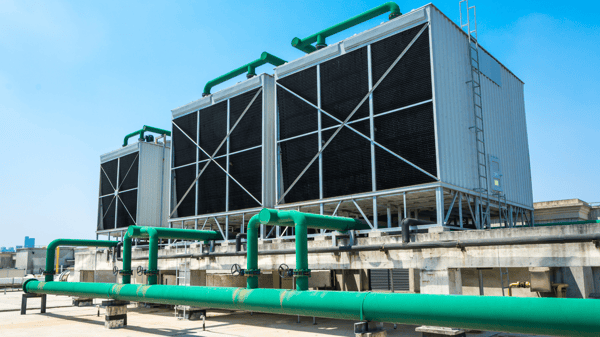
Electrical sensors are critical for measuring energy consumption in building systems like HVAC
Electrical sensors can measure the current within a transformer or the power produced by a generator. They can also indicate chemical changes that are driven by conductivity (i.e., water quality, corrosion). Additionally, electrical sensors are valuable at catching technical issues that are hard to detect visually.
Finally, geospatial sensors track where objects are in space. They can describe how machinery is oriented relative to other industrial infrastructure, as well as how assets move across a given area. One of the more relevant geospatial sensors today is the LIDAR sensor, which many autonomous vehicles use to keep track of where they are relative to other objects, vehicles, and pedestrians.
Other examples of geospatial sensors include:
We see geospatial sensors used a lot for surveillance purposes as they can quickly alert security teams of unexpected movement in and around facilities. Rather than maintain security personnel onsite, industrial organizations can trust IoT sensors to identify potential threats, or position equipment and assets appropriately based on environmental variables.

Autonomous vehicles using geospatial sensors to detect hazards around them
These are just the four main types of industrial IoT sensors. There are many specialty sensors designed for specific use cases with wide measurement capabilities. Specialty sensors are often compound sensors that combine capabilities across the four areas described above.
Using the many standard and specialty sensors available, you can measure almost any industrial process.
Before we move on, you should keep in mind that most sensors don’t actually produce a signal that can be used by IoT networks. So, when we discuss IoT sensor manufacturers, we will focus on those who manufacture transmitters with integrated sensors.
Transmitters use edge compute to convert raw sensor signals about industrial processes into something meaningful or useful, usually an analog electrical signal (e.g. 4-20 mA, 0-5V, etc.) or a serial or internet protocol (e.g. Modbus, TCP/IP, etc.)

IoT transmitters convert raw sensor signals into usable standards
Unless you are building and configuring your IoT devices from scratch, you’ll probably need transmitters with integrated sensors to help contextualize sensor readings and put that data to work in the broader context of your IoT network. Understanding the role that transmitters play in the industrial IoT is crucial as we transition to the manufacturing side of this guide.
Knowing who the top IoT manufacturers are is important as you will likely work with your hardware vendor for a long time. You must be able to trust that your sensors and transmitters are reliable, durable, and accurate. Otherwise, you risk misdiagnosing the performance of your industrial machinery and processes.
There are many, many manufacturers of industrial IoT sensors and transmitters. Manufacturers may have specific geographical or industry focuses. Industrial applications often require stringent certifications and standards, which means industrial IoT sensor manufacturers are highly specialized.
Some of the more well-known IoT manufacturers today include:
Overall, IoT manufacturers have evolved tremendously over the last several years. The IoT sensors being produced today by leading manufacturers are high-quality, versatile products. Top manufacturers also sell wireless transmitter technology, along with gateways and software.
Of course, you likely won’t buy directly from IoT manufacturers as most sell through distributors or resellers. Fortunately, these middlemen get preferred pricing and are willing to maintain stock on your behalf. You’ll likely pay the same or sometimes less by going through a distributor or reseller, and you generally get a much faster lead time.
Several of the more prominent national distributors include:
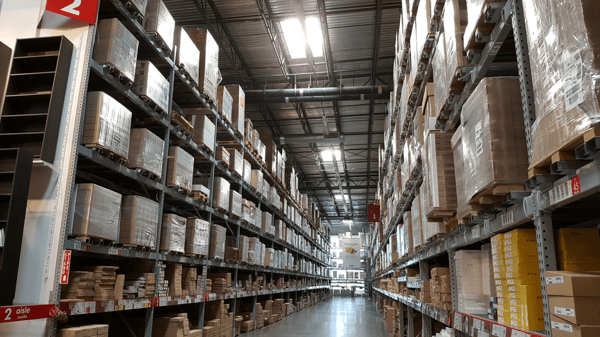
IoT sensor distributors maintain stock to reduce lead times for their customers
We recommend building relationships with regional distributors that can cater to your specific needs. To find the best match for your business, start by contacting your IoT sensor manufacturer. Or, visit their website to see who their preferred distributors and resellers are in your area.
While finding great manufacturers, distributors, and resellers is essential, it isn’t the end game. Purchasing high-quality IoT sensors and transmitters is only valuable if you can empower your people with accurate data that drives business transformation. Ultimately, your digitization efforts have to create long-term value and make life easier for your team.
Up until this point, we’ve focused on the hardware layer of industrial IoT solutions. However, building effective industrial IoT applications requires much more. Network designers must think through the entire data journey, from collection to consumption.
IoT sensors convert physical world processes into raw signals. Transmitters convert these raw signals into an industrial standard, either analog or digital, for processing.
From here, transmitters must have a path to connect that sensor data to the internet. Traditionally, this involves several components as a part of a SCADA architecture:
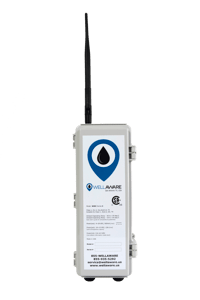
Some IoT gateways include PLC functionality and modems for internet connectivity
Once data is connected to the web, it needs to be stored in a database, oftentimes in the “cloud,” and accessible via business intelligence, analytics, and machine learning software.
As you can see, that data journey goes a long way beyond just IoT sensors and transmitters. As such, it’s very important to consider the entire journey when evaluating sensor technology and manufacturers.
Very few manufacturers and distributors have the capabilities to integrate and optimize all of the layers involved in transporting sensor data from the field to the office. Purchasing the best hardware available doesn’t immediately solve integration challenges. It doesn’t do you any good to have accurate sensors if you can’t get that sensor data to the people who need it. Even if you do have an existing SCADA system, sometimes it makes sense to augment or expand that system with leaner IoT technology.
And don't forget about security. Choosing the right security model can impact how well your assets are protected as data travels from edge to cloud.
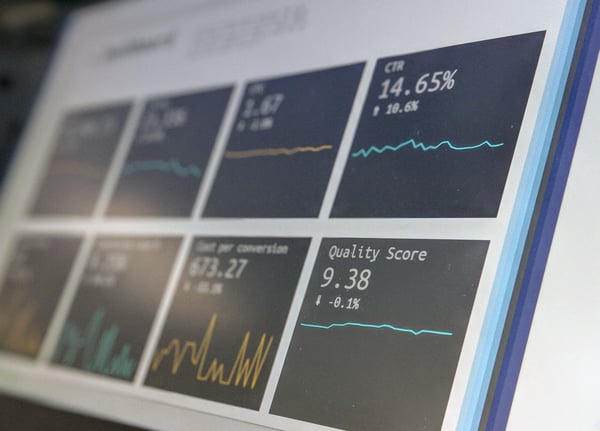
When choosing sensors for IoT projects, you need to think through the whole data journey. How will your sensor data be visualized?
For this reason, many companies get stuck at the hardware level. Operators forget to consider all of the other layers involved in building IoT solutions, which results in data getting stuck at the edge.
Industrial organizations and manufacturers have to consider the entire data ecosystem at the outset of their digitization efforts. You either need to find an IoT sensor manufacturer who can help design an end-to-end solution, or you have to work with another third party.
Many choose to hire systems integrators (SIs) that combine systems from multiple manufacturers. One advantage of working with an SI is that you have access to deep experience and knowledge of industrial applications and associated sensors. SIs know which sensor technologies and manufacturer products are ideal for certain projects, and they often provide choices when it comes to pricing and quality.
On the downside, systems integrators are expensive. They charge upfront setup fees on top of hardware costs. They also charge for ongoing support and upgrades, which are inevitable in IoT projects.
Some IoT project managers choose to go the turnkey IoT vendor route. Turnkey vendors vertically integrated services for the entire data journey, from IoT sensors to IoT software, usually for just a limited set of applications. For example, a turnkey IoT vendor might only provide IoT solutions around tank level monitoring, but this solution should include everything from the tank level sensor to the tank monitoring software, and perhaps even analytics layers.
Outside of these options, a new class of IoT service providers is beginning to emerge. These companies sell IoT sensor data through a service-based subscription model. They charge monthly fees for set up, integration, and data stream configuration.
WellAware customers get solutions for every layer of the
data journey, from IoT sensors to software apps.
On top of that, many of these new providers work under service-level agreements (SLAs) that guarantee outcomes and provide warranties for certain types of hardware. Some go as far as to help clients achieve true transformation beyond pilot efforts. Service level agreements have the ability to drastically change IoT project outcomes, but only if they protect the end-user.
If you are thinking about investing in industrial IoT sensors, you must understand everything else that comes after finding quality hardware.
Those who go the DIY route take on the complexity of integrating hardware, configuring data flows, and ensuring workers have the information they need at all times. Success here requires doing a ton of research on hardware and ensuring you have both the time and resources to maintain your digital infrastructure over time.
If you want to go the traditional route and hire an SI, keep in mind that you will incur both setup costs and ongoing expenses for maintenance and upgrades. Your SI also likely won’t be accountable for outcomes. And while turnkey vendors have the capability to optimize end-to-end IoT solutions, they tend to only focus on a narrow set of applications.
The new service-based IoT model is attractive to many as it combines the best of the SI and turnkey approaches. Rather than pay exorbitant fees to SIs or focus on a narrow IoT application, you can pay monthly for expertise that has vested interest in your success.
If you go the IoT service provider route, be sure to scrutinize your SLA to ensure that you are not falling victim to a “cost-plus” model disguised as a monthly commitment. The SLA should clearly outline the types of IoT sensors being used, or at least guarantee the quality of the data that the sensors produce. In any case, your IoT service provider should have real skin in the game.
In summary, if you want to sense it, you probably can! Just make sure you have a clear plan for getting access to the data that your new IoT sensors collect. There are different routes you can take depending on your needs, budget, and timeline. Study each of these carefully and make the best possible long-term decision for your industrial business.
Like what you're reading? Sign up for updates!
Have a Question?